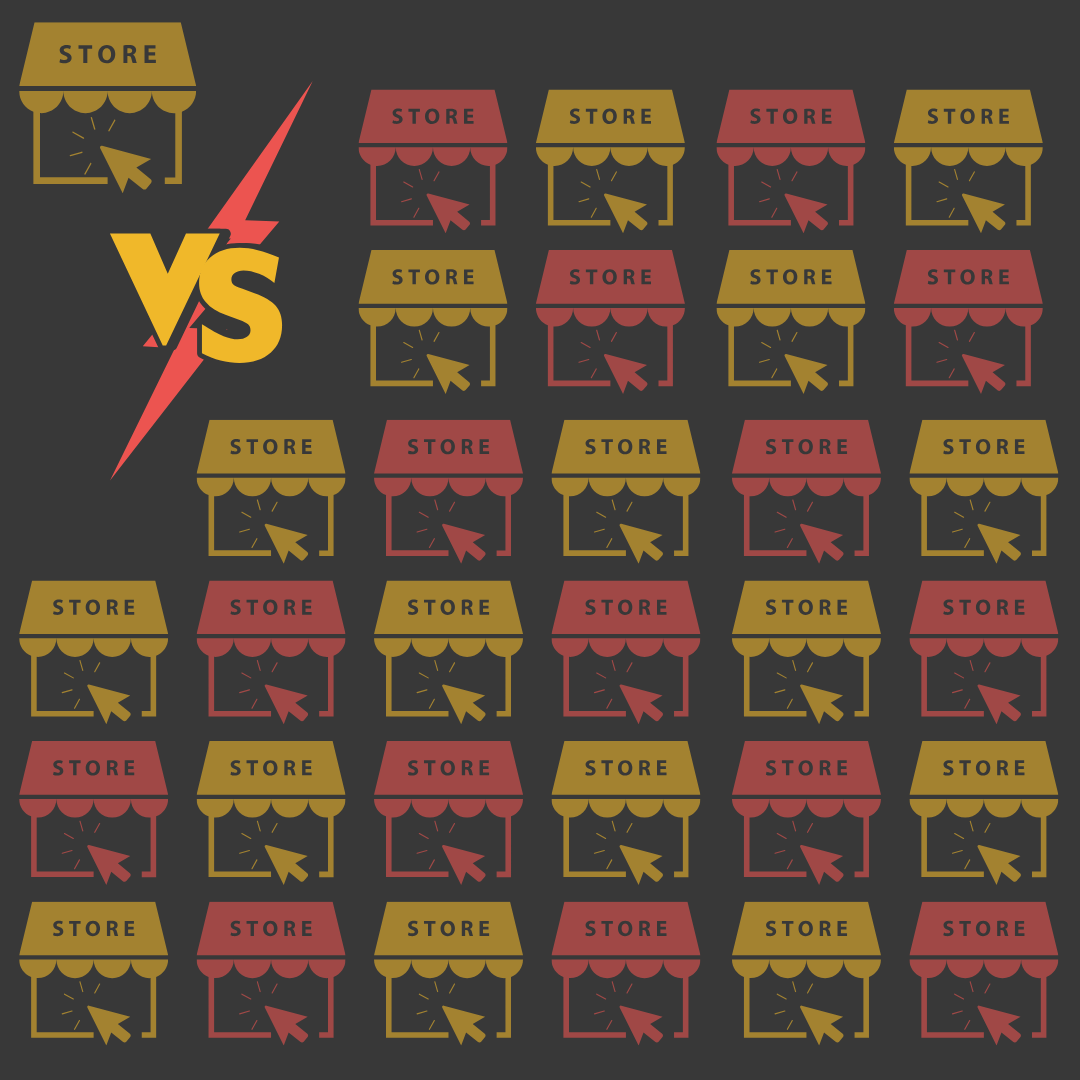If you’ve been running an eCommerce operation for any amount of time, you’ve probably bumped into a recurring challenge:
“How do I get data from Shopify into my operations stack, in real time, without babysitting brittle integrations?”
The two most common answers in the modern Shopify ecosystem are Webhooks and Amazon EventBridge. Both have their place, both can move data when it matters, and both can become operational nightmares if you choose the wrong one for your use case.
Let’s break this down, not with jargon, but with an operator’s perspective.
1. The Basics: What They Are
Webhooks: The “Doorbell” Approach
Think of webhooks as Shopify’s way of knocking on your app’s door when something happens.
- Event triggers: Order created, inventory updated, customer signed up.
- Delivery: Shopify makes an HTTP POST to the endpoint you provide.
- Control: You own the server or service that catches the webhook.
Simple, fast, and low overhead. Until you start wiring them into complex workflows.
EventBridge – The “Central Dispatch” Approach
Amazon EventBridge is like an air traffic control tower for events.
- Event source: Shopify can publish events directly into your AWS EventBridge bus.
- Routing: You can filter, transform, and send events to multiple downstream services (Lambda, SQS, Step Functions, etc.).
- Reliability: Fully managed event routing with retries, persistence, and fan-out.
It’s more than a notification, it’s an entire event pipeline.
2. The Shopify Context
Shopify’s native integrations support both approaches:
- Webhooks. The oldest and most widely used integration pattern. Easy to set up right in the Shopify admin or via API.
- EventBridge. Added more recently, built for merchants or partners already using AWS, especially those needing scalable, complex event processing.
The difference in Shopify-land really comes down to scale, complexity, and operational resilience.
3. Ops Reality Check: When Each Shines
When Webhooks Win
Webhooks are great when:
- You just need a single system to react to an event.
- Your volume is moderate (hundreds or low thousands of events/day).
- You control the receiving infrastructure.
- You want speed to implementation over architectural flexibility.
Example:
A Shopify merchant sends “order created” events to a fulfillment app that prints packing slips. No need for intermediate routing or multiple consumers.
When EventBridge Wins
EventBridge makes sense when:
- You have multiple consumers of the same event.
- You need event filtering and transformation without custom code.
- Your ops team wants built-in retries, dead-letter queues, and monitoring.
- You’re already living in AWS for analytics, warehousing, or automation.
Example:
An enterprise Shopify Plus store needs every “order created” event to:
- Kick off a Lambda function for fraud scoring.
- Update an SQS queue for the fulfillment system.
- Stream into Redshift for analytics.
4. The Gotchas No One Tells You
With Webhooks:
- Delivery failures. If your endpoint is slow or down, Shopify retries — but with limits. Miss too many and you have gaps.
- Scaling pain. Each new consumer means adding another webhook subscription, increasing points of failure.
- Transformation burden. Any filtering or enrichment happens in your code.
With EventBridge:
- AWS expertise required. You need at least a working knowledge of IAM, event buses, and service integrations.
- Costs. EventBridge charges per event. This is fine at scale, but worth monitoring.
- Lock-in. It’s AWS all the way. If your ops stack isn’t there yet, you’re committing.
5. Making the Call for eCommerce Ops
The question isn’t “Which is better?”, it’s “What’s the right tool for the operational job?”
If you’re in start-up or scrappy growth mode, webhooks are usually enough.
You’ll move faster, spend less, and stay flexible.
If you’re in enterprise or multi-system orchestration mode, EventBridge is often worth it. You’ll get built-in reliability, better observability, and a clean foundation for growth.
6. Hybrid Strategies: The Secret Weapon
Many sophisticated Shopify merchants actually use both:
- Webhooks for quick, low-latency calls to systems that need immediate responses (e.g., payment processors, shipping label generators).
- EventBridge for orchestrating broader, non-blocking workflows (e.g., inventory syncs, customer data enrichment, analytics pipelines).
This gives you the speed of webhooks with the resilience and fan-out of EventBridge — without overcomplicating early-stage workflows.
7. Final Word
For Shopify-based eCommerce ops, your event strategy is as important as your marketing or fulfillment strategy. Poorly designed event flows cause delays, missed orders, and operational chaos.
- Webhooks. Lightweight, direct, simple. Great for targeted integrations.
- EventBridge. Heavy-duty, scalable, multi-consumer. Great for orchestration.
At Total Commerce Partners, we’ve helped merchants migrate from fragile webhook spaghetti to robust event-driven architectures, and sometimes, helped them realize they didn’t need EventBridge at all.
The key is designing for your current operational maturity, while keeping an eye on future scalability.
Comparison Table: EventBridge vs Webhooks for Shopify eCommerce Ops
|
Feature / Consideration |
Webhooks (Doorbell) |
EventBridge (Central Dispatch) |
|
Setup Speed |
Very fast. Minutes in Shopify admin |
Moderate. Requires AWS configuration |
|
AWS Knowledge Needed |
None |
Moderate to high (IAM, event buses) |
|
Scalability |
Limited. Each consumer needs its own webhook |
High. One event can fan out to many consumers |
|
Reliability & Retry Handling |
Basic. Shopify retries a few times |
Advanced. Built-in retries, DLQs, monitoring |
|
Transformation & Filtering |
In your code only |
Native filtering, transformation in EventBridge |
|
Best For |
Direct, simple integrations |
Multi-system orchestration & workflows |
|
Example Use Case |
Send “Order Created” to a single fulfillment app |
Send “Order Created” to fraud check, warehouse, and analytics pipeline |
|
Cost |
Free from Shopify side, you pay only for your server |
Pay-per-event in AWS + downstream processing costs |
|
Lock-In |
None. Endpoint can be anywhere |
AWS-only ecosystem |




